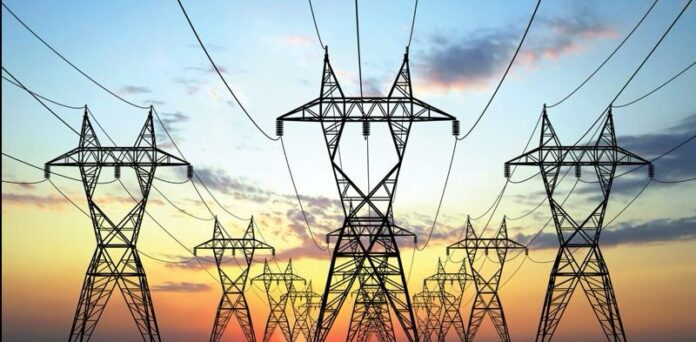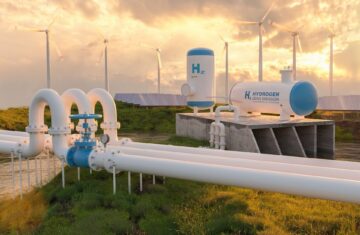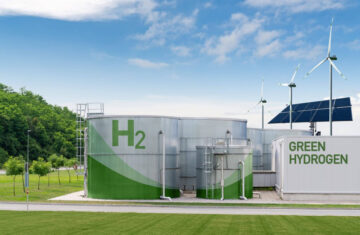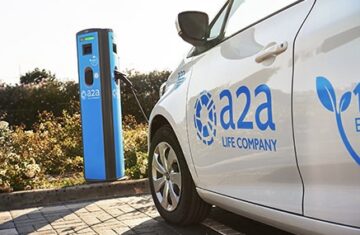Spain and Portugal recently experienced an unprecedented blackout, the worst in recent European history, sparking debate over the region’s reliance on renewable energy. While some critics, like Santiago Abascal, leader of Spain’s far-right Vox party, have called for a retreat from “climate fanaticism,” experts emphasize that the issue lies in outdated grid infrastructure, not green energy itself.
“What’s happened this week should serve as a stark reminder of the dangers of failing to invest in a more resilient energy grid,” Taco Engelaar, managing director at energy infrastructure firm Neara, told TNW. The blackout has ignited a conversation about the need for modernizing grid systems to handle the variability of renewable energy sources.
Last year, Portugal and Spain sourced 87.5% and 56% of their electricity, respectively, from renewables like wind, solar, and hydropower. Both countries have even managed to run their grids entirely on green energy for short periods. However, this rapid adoption of renewables has exposed the limitations of their existing infrastructure.
According to Chris Glover, utilities and energy director at British engineering consultancy Buro Happold, “The first thing to clarify is that this is not a net-zero issue. The issue here is managing supply and demand.”
Wind and solar energy are clean and cost-effective, but their production fluctuates with weather conditions. European grids, largely designed for stable energy sources like coal, gas, or nuclear plants, struggle to handle these fluctuations. Without a stabilizing force or alternatives like battery storage, the grid becomes vulnerable to surges in electricity demand or supply, potentially leading to system crashes.
The growing mismatch between the grid’s design and its new energy mix is becoming increasingly apparent. As the Iberian nations have raced to adopt renewables, they may have outpaced their grid’s ability to manage the transition.
Spain and Portugal are not alone in facing this challenge. A major blackout in 2016 left 850,000 South Australians without power, prompting criticism of the state’s ambitious shift to renewables. However, instead of retreating, South Australia invested in big batteries, synchronous condensers (which mimic the stabilizing “inertia” of fossil fuel-powered turbines), and even more wind and solar.
As a result, South Australia now sources 75% of its electricity from renewables and has not experienced another blackout since. The International Energy Agency (IEA) has lauded its progress as “remarkable.”
Alex Schoch, head of flexibility at Octopus Energy, suggests Spain take a cue from South Australia’s success. While the latter’s blackout was caused by a storm, “both countries’ grids lacked the proper tools to recover from sudden shocks,” he wrote on LinkedIn, calling Spain’s power system “starved of flexibility.”
Before the blackout, Spain’s grid was running on nearly 80% wind and solar, a significant achievement but also a challenge for stability. The limited presence of steady sources like gas or nuclear, coupled with a lack of large-scale battery storage, made the system vulnerable to disruptions.
Experts believe these factors played a key role in the blackout, which has been traced back to two separate grid disconnections in the southwest of Spain, a hub for solar energy production. With insufficient backup power, the system struggled to respond to these disruptions quickly enough, leading to cascading failures across the network.
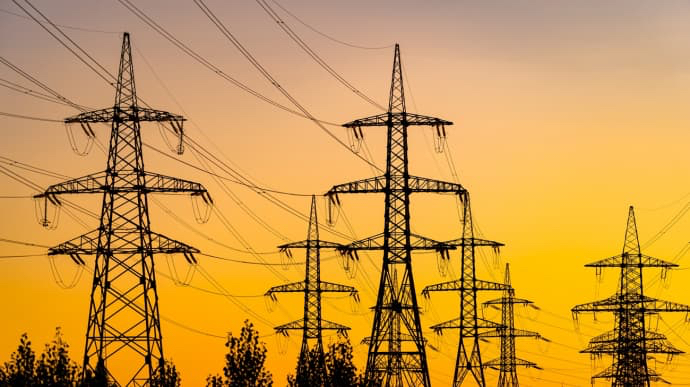
When power generation drops, countries often import electricity from neighbors. However, Spain and Portugal’s limited interconnection with France through the Pyrenees mountains makes them more vulnerable during outages.
As more electric vehicles, heat pumps, and factories switch to electric power, Europe’s aging grids face increasing strain. Electricity demand is projected to jump 80% between 2020 and 2050, yet much of the existing infrastructure was built decades ago. The International Energy Agency (IEA) estimates that annual global grid investment needs to nearly double to $600 billion by 2030 to meet climate targets.
Engelaar believes new technologies can help address these challenges. “Digital modeling can give [energy] utilities granular insights into every inch of their networks, as well as allowing them to stress-test their assets against potential threats and pinpoint vulnerabilities before it’s too late.” Demand response, which automatically adjusts electricity use in real time, is another promising solution.
Jacob Bro, partner at climate tech VC firm 2150, highlights the potential of decentralized energy solutions, such as rooftop panels, home batteries, and local wind farms, which generate electricity closer to where it’s used.
The Spanish blackout underscores the critical need for grid modernization to support the transition to renewable energy. It wasn’t a failure of renewables, but rather a failure to keep pace with their rapid growth. To achieve a cleaner future, Europe must prioritize grid upgrades and invest in new technologies that enhance grid flexibility and resilience.
“Investing in net-zero infrastructure is a core part of the solution, not the problem,” concluded Glover.
